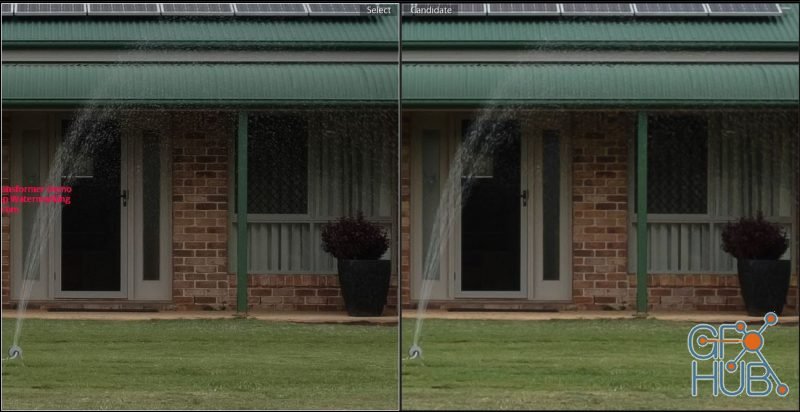
If you work with other people, like retouchers, for example, sidecar-based workflows have the advantage. Generally speaking, though, if you work alone and have a simple setup, database programs (like Lightroom) have the advantage. Both approaches have merit, and what you choose depends on your working style and needs. We've included both kinds of program here. There are two ways to store all that math before it's applied to the image: databases and sidecar files. Processing is an intermediate step: the RAW processor lets you manipulate the image data before you send the picture to a raster image editing program, like Adobe Photoshop or Affinity Photo.

#Iridient developer windows how to#
When you use raw, you get to decide how to interpret that data. Your camera has a built-in parametric image processor that it uses to create JPEG photos. In photography, a parametric image processor is a type of program that interprets the raw information your camera recorded from the sensor when you took a picture. Not All Parametric Image Processors Are Created Equal
Ultimately, which tool you use comes down to your needs, operating system, level of experience and individual RAW workflow style. These programs stand up against each other on default conversion of a RAW The article we will do a quick comparative test to see how a select handful of We've covered free alternatives to Adobe Photoshop before, and in a future article we'll tackle new raster image editor options to pair with these processors.

In this article you'll learn the pros and cons of ten worthwhile alternative parametric image editors. Are you looking for alternatives to Adobe’s Creative Cloud? There are a healthy handful of RAW processors that can give Adobe a real run for their money.


 0 kommentar(er)
0 kommentar(er)
